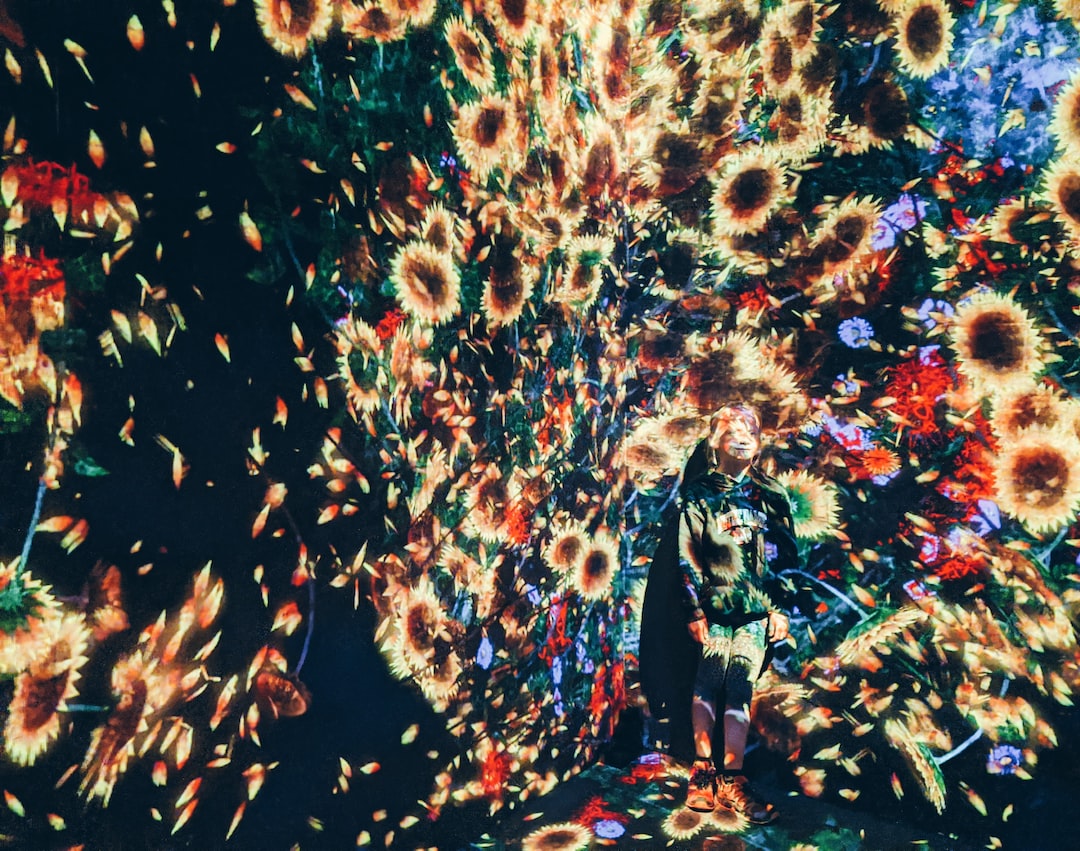Maps have been an integral part of human history, acting as a reference to help navigate the world and understand it. Maps serve as a visual aid that enables people to comprehend their surroundings better and gain a better understanding of the topography, geography, and the locations of landmarks in the world. Cartography is the art and science of map-making, and maps have inspired artists for centuries.
The art of cartography is not merely a scientific pursuit; it is an art that involves creativity, imagination, and inspiration. Artists throughout history have been drawn to maps, and the influence of cartography can be seen in several artistic forms, including paintings, sculptures, photographs, and even music. Maps and cartography have been an essential part of artistic expression, whether it’s to create accurate depictions of the world, tell stories, or express ideas and emotions.
Maps and cartography have inspired artists to create unique pieces of work that challenge the way we see the world. The art of cartography can be seen in ancient civilizations, where maps were created to tell stories and interpret landscapes. The famous Ptolemaic maps from the second century AD represent some of the earliest known examples of cartography. They depict the known world at the time and were used for navigation and knowledge.
In the Renaissance, cartography and art came together, and the maps created during this period were not only informative documents but also works of art that incorporated intricate illustrations and decorations. Maps were beautifully adorned with intricate designs, elegant calligraphy, and fine landscapes, and these maps inspired artists to push the boundaries of their art form.
In later periods, artists used maps to tell stories or represent their ideas about the world. Paul Klee, a Swiss-German artist, for example, created maps that represent his abstract vision of the world. His maps were not representations of real places but rather representations of his imagination. Similarly, in the 20th century, artists such as Jasper Johns and Alighiero Boetti created maps that represented their ideas and concerns about the world.
Maps also provide artists with an endless source of inspiration. They can draw from the rich cultural history of maps and use them to create something new. Some artists use maps as a way of exploring social, political, and environmental issues, while others use them as a tool for storytelling or to explore their own identities.
In conclusion, the art of cartography has served as a source of inspiration for artists throughout history. Maps are not only informative but also works of art that have inspired artists to create unique pieces of work that express their creativity and imagination. As the world around us continues to evolve, the art of cartography will continue to inspire new generations of artists, pushing boundaries and challenging the status quo.

